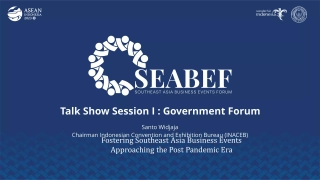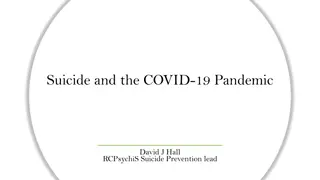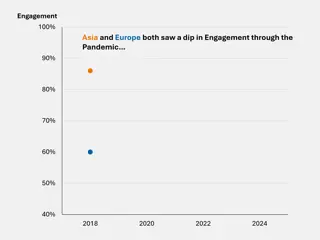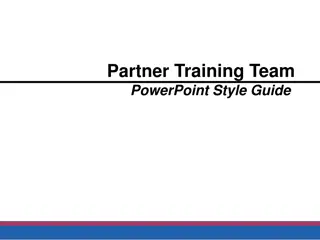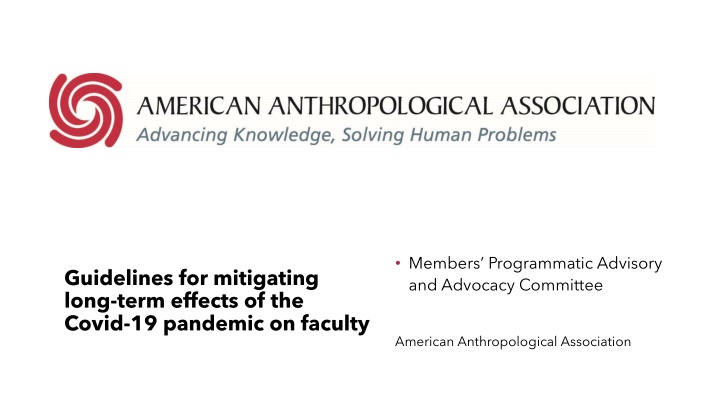
Mitigating Long-Term Effects of Covid-19 on Faculty: AAA Recommendations
Learn the guidelines for mitigating long-term effects of the Covid-19 pandemic on faculty members as outlined by the American Anthropological Association. Recommendations include expanding criteria for evaluating scholarship and addressing inequalities in academic labor conditions.
Download Presentation

Please find below an Image/Link to download the presentation.
The content on the website is provided AS IS for your information and personal use only. It may not be sold, licensed, or shared on other websites without obtaining consent from the author. If you encounter any issues during the download, it is possible that the publisher has removed the file from their server.
You are allowed to download the files provided on this website for personal or commercial use, subject to the condition that they are used lawfully. All files are the property of their respective owners.
The content on the website is provided AS IS for your information and personal use only. It may not be sold, licensed, or shared on other websites without obtaining consent from the author.
E N D
Presentation Transcript
Guidelines for mitigating long-term effects of the Covid-19 pandemic on faculty Members Programmatic Advisory and Advocacy Committee Guidelines for mitigating long-term effects of the Covid-19 pandemic on faculty American Anthropological Association
The pandemic may create long-term negative effects even after campuses return to normal operating conditions The Covid-19 pandemic has exacerbated inequities in academic labor conditions, deepening existing crises of racial, gender, and other forms of inequality. For anthropologists, decreased access to field research and slower peer review timelines have amplified the costs to faculty experiencing increased formal and informal labor demands associated with the pandemic. These effects are intensified by the illusion that they are fleeting and will be fixed by a return to normal operations.
Universities relied heavily on invisible reproductive labor We define reproductive labor in the broadest and classic sense: as the labor that is essential to sustaining life, including but not limited to caring for children, other kin, non-kin, colleagues, institutions, and communities. These historic conditions have exposed the fact that universities rely on this invisible yet essential reproductive labor as much as other industries.
Some faculty are more affected than others Female, racialized, disabled, and contingent faculty, especially at under-resourced institutions, are experiencing added costs which may be difficult to correct over time. Substantial evidence across academic disciplines documents that these groups faced unequal barriers to productivity. At a moment when perspectives from diverse faculty are more essential than ever, structural pressures risk foreclosing inclusion of their expertise in our research and teaching. Limiting the pool of experience therefore potentially produces narrow science. Universities and employers are uniquely positioned to prevent the uneven effects of the pandemic from becoming permanent. The AAA provides the following recommendations for mitigating these uneven effects, to assist candidates, external reviewers, review committees, and administrators.
Expand criteria for evaluating scholarship for clear and equitable evaluation We recommend emphasizing quality over quantity while maintaining standards by expanding categories that count towards tenure or promotion, such as including open access, editor-reviewed, engaged and public scholarship, and by eliminating the use of comparisons by external reviewers.
Minimize long-term effects by implementing retroactive support for faculty whose timeline to tenure was impacted We recommend reinstating salary increases following a successful tenure review, adjusting sabbatical schedules as appropriate, and employing language about tenure clock stoppages that emphasizes the involuntary nature of delays.
Invite and take seriously pandemic impact statements in evaluations The committee notes that such statements may focus on documenting the limitations on productivity the faculty member experienced or the additional teaching, research, and service the faculty member provided, with an emphasis on concision. Departments and personnel committees should consider welcoming these, and state clearly that doing so will not generate risk for the faculty member in the future.
Value novel ways of evaluating teaching during the pandemic In light of substantial evidence that standardized student evaluations are biased against female and racialized faculty, we recommend evaluating teaching through multiple measures that emphasize evaluating course content rather than instructors.
Consult with other institutions to craft best practices for implementing guidance We include links to possible models for evaluating faculty performance at a selection of universities and colleges, with sample letter templates to reviewers or other guidelines. The list is not exhaustive but does endorse the importance of communicating with partner departments in the discipline and across units on a single campus to share approaches on evaluating scholarship, teaching, and service.
Identify appropriate campus governing bodies Because processes for promotion, tenure, and faculty evaluation occur at a number of administrative levels, individual faculty should research their particular institution s policies, and identify how and which institutional bodies should be informed about these guidelines. Faculty senates, college, and provosts offices are important potential sites for accounting and addressing ways to mitigate uneven effects of the pandemic on faculty.
Multiple sites for implementation Tenure guidelines although these are crafted at the department level, expanding categories of faculty evaluation often involve college-level area committees (especially at research universities); such committees could benefit from understanding these guidelines and related disciplinary definitions of faculty performance. Annual performance reviews these also occur at the department level, but often with the final determination coming from an associate dean for research at the college level. Educating the dean s office about changes in faculty evaluation and recommending college-wide changes will increase the likelihood of these expanded standards becoming institutionalized. Salary adjustments these should be offered at the college or provost level, but departments may also choose to implement them in lieu of central administrative authorization. Expanding these to multiple colleges or units would create more equity and transparency. Pandemic impact statements many provosts have invited impact statements, but in the case that a provost has not, such an invitation could also come from the college or department as they do not involve academic regulations. Student evaluations this is usually a provost-level category; reforming evaluations has historically proven difficult, even with strong evidence of bias, but the challenges of teaching during the pandemic may expose the need for systemically changing the content and role of teaching evaluations in faculty performance review.
Work with allies Campus labor unions, which are spreading across higher education, can also be a way to create buy-in for systemic change.
Prepare for the future Considering that the epidemiological, social, political, and economic conditions which gave rise to this crisis may generate ongoing disruptions, implementing these recommendations may assist in broader efforts to reduce harm to scholars, communities, and institutions in the future.
Access the full report and additional data and resources Read the Guidelines AAA COVID-19 Resources Members Programmatic Advisory and Advocacy Committee Working Group: Layla Brown, Carla Jones (lead author), Stevie Merino, Karen Rignall, M. Gabriela Torres

